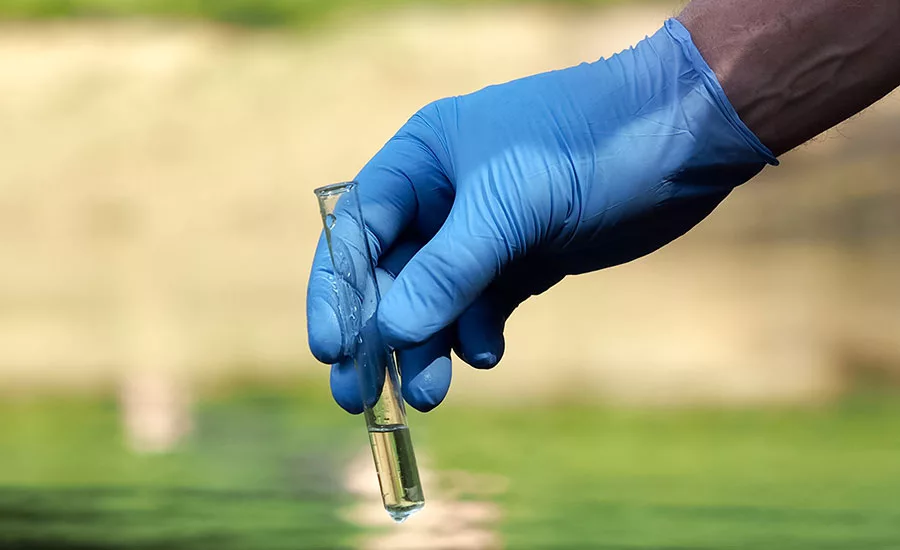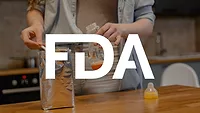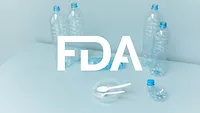FDA Provides Update on Sampling and Testing Efforts of PFAS in the Food Supply

The U.S. Food and Drug Administration (FDA) recently provided an update on its ongoing sampling and testing efforts designed to better understand the occurrence of per- and polyfluoroalkyl substances (PFAS) in the food supply. FDA's recently analysis involved foods collected from the Total Diet Study (TDS), which monitors levels of nutrients and contaminants in foods consumed in the U.S.
The newly posted results from FDA’s most recent analysis of 94 samples of a variety of food products collected in FY2020 from the TDS found only one sample of cod to have detectable levels of two types of PFAS—perfluorooctane sulfonate and perfluorononanoic acid. FDA has determined that the PFAS levels found in the cod sample do not present a human health concern.
The FDA conducts a safety assessment when there are detectable levels of a chemical contaminant, such as PFAS, in food, and evaluates whether the levels present a possible human health concern. FDA's approach involves a number of factors, including whether there is an established action level or tolerance, how much of the specific food people typically eat, and the level of the contaminant detected in that food and the toxicity of the specific contaminant(s). As part of FDA’s ongoing effort to use the best available current science to assess the safety of exposure to PFAS from foods, the agency monitors the scientific literature and available toxicological reference values, which are compared to the estimated dietary exposure to determine the potential health concern. FDA then updates the toxicological reference values we use in our evaluations as warranted.
The foods tested in the FDA’s recent analysis represent a range of foods that are in the general food supply and are chosen to be representative of the major components of the average U.S. diet, based on national food consumption survey data. The samples were not specifically collected from areas of known environmental PFAS contamination. The agency tested the samples as part of its broader effort to better understand the occurrence of PFAS in foods, determine if targeted sampling assignments are necessary to better understand occurrence in certain food categories, and help inform the agency's overall approach to future surveillance efforts.
The results released are similar to results found in FDA's previous analyses, which showed most TDS samples do not have detectable levels of PFAS, with the exception of the cod sample in this testing and from previous testing, two tilapia, and one ground turkey sample. To better understand occurrence of PFAS in seafood, FDA is conducting a targeted survey of the most commonly consumed seafood in the U.S., including both cod and tilapia. The results from this survey will be used to determine if additional sampling, with greater numbers of samples of seafood, is needed.
Related: The Growing Challenge of Safe Water for Use in Food Processing Operations
Looking for quick answers on food safety topics?
Try Ask FSM, our new smart AI search tool.
Ask FSM →







